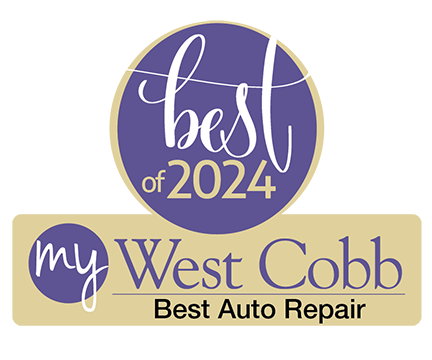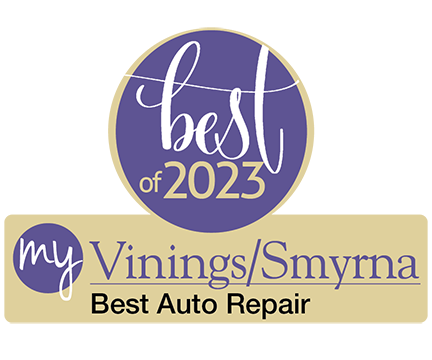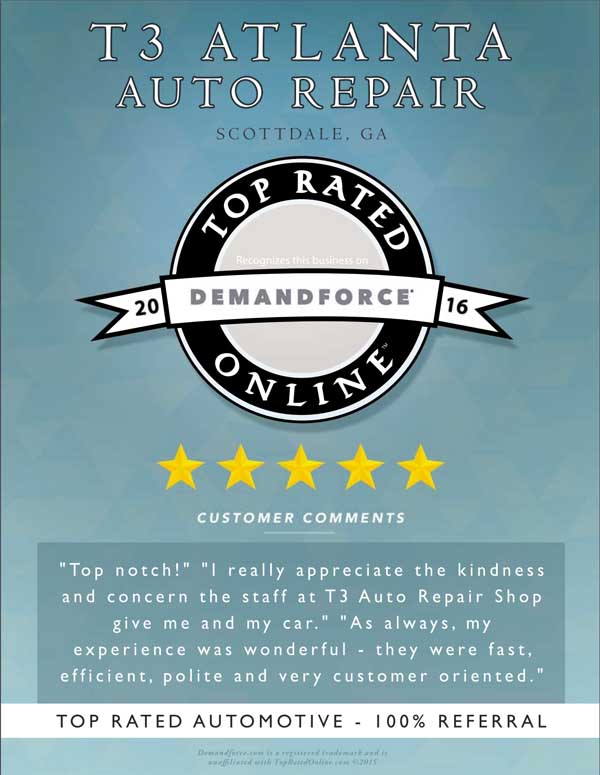It may seem like you sent your little one off to kindergarten just yesterday, and all of a sudden, they’re off to college. If your college-bound kid is taking their car with them, here are our top safety tips for preparing your student’s car for college. You may not always be able to prevent the unexpected, but a few safety measures can make all the difference in the world.
Top Tips for Preparing Your Student’s Car for College
 1. Put an Emergency Gas Card in the Glove Compartment
1. Put an Emergency Gas Card in the Glove Compartment
College students are often strapped for cash. Help your student avoid the cost of towing a car that’s out of gas. Plus, it’s unsafe to walk along the side of the highway to the nearest gas station. Tuck an emergency gas card in the owner’s manual to make sure your student doesn’t push the ‘E’ line too far.
2. Sign Up for Roadside Assistance
If you can sign up for roadside assistance, make sure your student has a dedicated card. From replacing dead batteries to towing a dead vehicle, roadside assistance is invaluable when the unexpected happens.
 3. Check the Spare Tire (If Your Car Has One)
3. Check the Spare Tire (If Your Car Has One)
If your car has a spare tire, you first want to make sure the tire is even there! This is especially important in used cars, where there’s a space for the tire but the tire may have been removed at some point. Replace the tire if it’s missing; otherwise, inspect the spare tire, make sure there’s no damage, and ensure it’s filled and ready to go just in case.
4. No Spare Tire? Keep a Tire Air Kit in The Car
DIY tire repair kits may not be a favorite of tire mechanics, but sometimes there’s just no other choice when a tire has gone flat or sprung a bad leak on the road. A tire air kit can be the difference between having to get a car towed and being able to get to a tire shop.
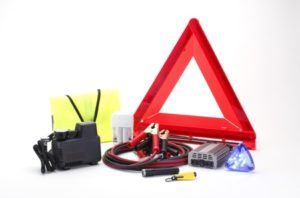 5. Put an Emergency Kit in the Car
5. Put an Emergency Kit in the Car
An emergency kit is a small but valuable kit of supplies for those occasions when you find yourself stranded on the side of the road. Most emergency kits include road flares, reflective caution signs, oil, jumper cables and other roadside safety essentials. Learn what to put in a car emergency kit here.
6. Change The Car’s Oil
Oil is one of those things that is easy to forget about. Out of sight, out of mind, right? After all, unlike gas, it doesn’t seem essential. In fact, regular oil changes are crucial for your car’s health. Change the vehicle’s oil before your student takes off for school or while they’re home for winter break for the peace of mind that all of the vehicle’s components are working smoothly.
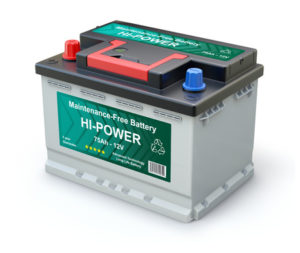 7. Check the Battery in the Car
7. Check the Battery in the Car
Any long-time car owner has been there: you get in the car, turn the ignition, and hear a click instead of the engine starting. That’s right, your battery has died overnight. Check the battery in your student’s car for corrosion and damage.
You can get the remaining charge tested at a tire and battery shop to see how much life is left in it. Even if you don’t replace it, you can at least be aware of how much life is left in the car’s battery.
8. Be Snow Ready
Send snow-preparedness gear with your student’s car if they’re going to school in a snowy northern state. Do your research to see what the city’s law is about snow chains or snow tires and pack accordingly.
 9. Replace The Car’s Windshield Wipers
9. Replace The Car’s Windshield Wipers
Windshield wipers are a crucial part of any vehicle’s safety. After all, they’re essential for visibility in bad weather. Change out the vehicle’s windshield wipers if they’re old or leaving streaks on the glass when in use.
10. Make Sure Your Maintenance Is Up to Date with T3 Atlanta
The best way to prevent a car from breaking down is to make sure your vehicle’s maintenance is up to date. T3 Atlanta can help. Our friendly, knowledgeable mechanics provide great service at two convenient metro-area locations in Smyrna and Decatur.
Whether your student is about to leave for school or is back for the holidays, bring their vehicle in. We’ll inspect the car and make sure everything is in top condition. You can have peace of mind that whatever college life may throw at them, your student’s car is safe and road-ready.
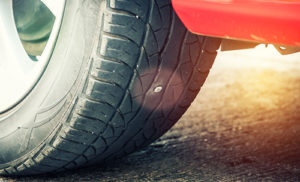 Before you grab your flashlight and search for the air leak in your tire, you’ll need to grab some materials. Some of these are optional, but they can help you find tricky air leaks faster.
Before you grab your flashlight and search for the air leak in your tire, you’ll need to grab some materials. Some of these are optional, but they can help you find tricky air leaks faster.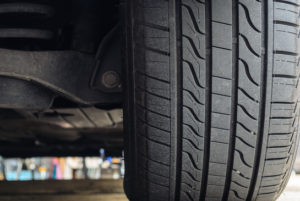 It’s important to fix an air leak promptly after noticing that your tire is losing air. Why? A small air leak is easy enough to fill up every couple of weeks at the gas station, right?
It’s important to fix an air leak promptly after noticing that your tire is losing air. Why? A small air leak is easy enough to fill up every couple of weeks at the gas station, right?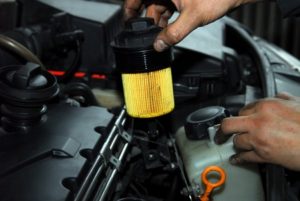 1. The Oil Filter is Improperly Installed
1. The Oil Filter is Improperly Installed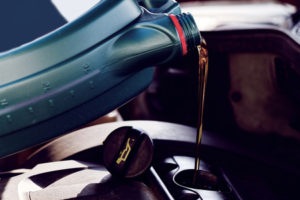 4. Your Oil Filler Cap is Loose, Missing, or Worn
4. Your Oil Filler Cap is Loose, Missing, or Worn 7. Your Oil Isn’t Changed Frequently Enough
7. Your Oil Isn’t Changed Frequently Enough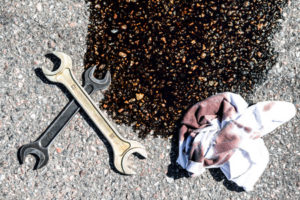 As you can see, there are many causes of oil leaks. While the reason for a leak is sometimes very obvious, it isn’t always possible to identify the exact cause at home. Other times, it simply isn’t possible to fix an oil leak without the right tools.
As you can see, there are many causes of oil leaks. While the reason for a leak is sometimes very obvious, it isn’t always possible to identify the exact cause at home. Other times, it simply isn’t possible to fix an oil leak without the right tools. It’s easy to doubt a mechanic or seasoned car owner when they say cleaning your gas tank is necessary. It’s almost never discussed when we talk about our cars. However, the gas tanks of our cars can end up being the dirtiest part of your car.
It’s easy to doubt a mechanic or seasoned car owner when they say cleaning your gas tank is necessary. It’s almost never discussed when we talk about our cars. However, the gas tanks of our cars can end up being the dirtiest part of your car. There’s no set rule in cleaning a car’s gas tank. If you just bought an old car or if you are doing a restoration job then it should be on the “before I go on the road” checklist.
There’s no set rule in cleaning a car’s gas tank. If you just bought an old car or if you are doing a restoration job then it should be on the “before I go on the road” checklist. This is the first and most important thing to do here. Don’t panic and just relax. The world is not going to end anytime soon and you’re just locked out of your car. Panicking puts you in a state where you can’t think straight and you end up missing important stuff or information necessary for the next few steps. Call a friend or family member and inform them of your situation. Make sure you tell them where you are so they know.
This is the first and most important thing to do here. Don’t panic and just relax. The world is not going to end anytime soon and you’re just locked out of your car. Panicking puts you in a state where you can’t think straight and you end up missing important stuff or information necessary for the next few steps. Call a friend or family member and inform them of your situation. Make sure you tell them where you are so they know. 4. Avoid doing DIY things you see online
4. Avoid doing DIY things you see online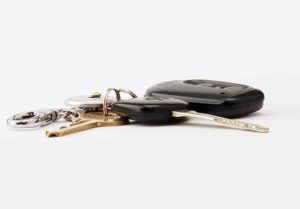 Now that the ordeal is done, how do you prevent yourself from being locked out of your car? The best solution is to always prepare a set of spare keys. You can either leave the keys at home, in your wallet/bag, or in a secret compartment on your car. A lot of products are out there nowadays that lets you “hide” a spare set of keys. Just make sure you keep it in a pretty hidden spot so your car won’t get stolen.
Now that the ordeal is done, how do you prevent yourself from being locked out of your car? The best solution is to always prepare a set of spare keys. You can either leave the keys at home, in your wallet/bag, or in a secret compartment on your car. A lot of products are out there nowadays that lets you “hide” a spare set of keys. Just make sure you keep it in a pretty hidden spot so your car won’t get stolen.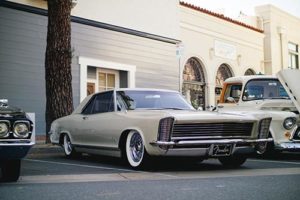 There’s some truth to this claim. Older cars were indeed bigger. This was mostly because during the early ’80s and 90’s, the world didn’t have any problems with over congestion of cities. Plus, bigger cars were created for a specific demographic. Nowadays, a good number of cars (of the same name) are smaller in size and even newer cars come in half the size of their predecessors.
There’s some truth to this claim. Older cars were indeed bigger. This was mostly because during the early ’80s and 90’s, the world didn’t have any problems with over congestion of cities. Plus, bigger cars were created for a specific demographic. Nowadays, a good number of cars (of the same name) are smaller in size and even newer cars come in half the size of their predecessors.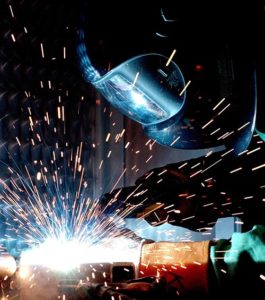 True, a lot of older cars have a lower metal to plastic ratio. A lot of older car owners think the rising use of plastic (and “softer” metals) in their cars mean they are not as safe as their full metal cars. If anything, older cars were much heavier.
True, a lot of older cars have a lower metal to plastic ratio. A lot of older car owners think the rising use of plastic (and “softer” metals) in their cars mean they are not as safe as their full metal cars. If anything, older cars were much heavier.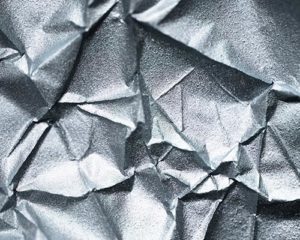 Not true. While older cars were made of thicker metals, this does not mean they were stronger. Please understand that a time difference of 20 years can mean a lot of advancements in metallurgy. Metals used in cars in the 1990s was great back in the 1990s, but it’s nothing to what we have now.
Not true. While older cars were made of thicker metals, this does not mean they were stronger. Please understand that a time difference of 20 years can mean a lot of advancements in metallurgy. Metals used in cars in the 1990s was great back in the 1990s, but it’s nothing to what we have now. So, are new cars safer than old cars?
So, are new cars safer than old cars? A lot of things can come up on a road trip. Sometimes this means having your car break down in the middle of nowhere. Or being caught in a massive thunderstorm. Either way, it’s always better to know you have an emergency car kit in tow for such moments. A summer road trip emergency car kit does not need to be very large. As a matter of fact, it’s better if you pack as light as possible while making sure you have the essentials. An emergency car kit should include:
A lot of things can come up on a road trip. Sometimes this means having your car break down in the middle of nowhere. Or being caught in a massive thunderstorm. Either way, it’s always better to know you have an emergency car kit in tow for such moments. A summer road trip emergency car kit does not need to be very large. As a matter of fact, it’s better if you pack as light as possible while making sure you have the essentials. An emergency car kit should include: A lot of us bring our pets on our summer road trips and that’s not a bad idea. Pets enjoy having fun with their owners and you wouldn’t want to leave them out, right? But you have to make sure your pet is ready for the road trip. Aside from that, you need to ensure you brought all the essentials for your pet so he/she can better enjoy the road trip.
A lot of us bring our pets on our summer road trips and that’s not a bad idea. Pets enjoy having fun with their owners and you wouldn’t want to leave them out, right? But you have to make sure your pet is ready for the road trip. Aside from that, you need to ensure you brought all the essentials for your pet so he/she can better enjoy the road trip.

 The last thing you want on a road trip is being stuck on the road because your car broke down. Taking your beloved car for a maintenance check is quick and painless and can assure you of a lovely road trip. In case mechanics find issues with your car, they can just provide the solution to make sure you are safe on the road.
The last thing you want on a road trip is being stuck on the road because your car broke down. Taking your beloved car for a maintenance check is quick and painless and can assure you of a lovely road trip. In case mechanics find issues with your car, they can just provide the solution to make sure you are safe on the road. Once you see the temperature gauge rising, don’t panic. One thing to note is that the car won’t explode. Panicking might cause you to make erratic decisions and this can be quite problematic, especially when you are on a highway. Just relax and monitor the rise. Is it rising to fast? Is the rise slow but steady? After you have composed yourself, follow the steps below.
Once you see the temperature gauge rising, don’t panic. One thing to note is that the car won’t explode. Panicking might cause you to make erratic decisions and this can be quite problematic, especially when you are on a highway. Just relax and monitor the rise. Is it rising to fast? Is the rise slow but steady? After you have composed yourself, follow the steps below.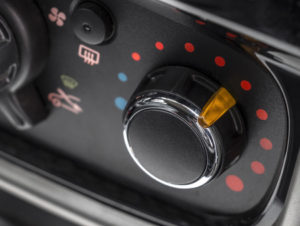 After you turn the AC off, you should see the temperature gauge either going down or at least the rise is slowed down. To further help your engine out, turn on the heater on full blast.
After you turn the AC off, you should see the temperature gauge either going down or at least the rise is slowed down. To further help your engine out, turn on the heater on full blast. The first thing you need to check as soon as the car has cooled down is the radiator. Open the cap and see if there is enough coolant in there. If you think the radiator is empty you should go and top it off. Now, not everyone has the proactiveness needed to consider carrying a gallon of coolant in the car so adding water is a good alternative. Try to turn the ignition key and turn on the AC, all the fans should be running. If you spot one fan that’s not running that could be the problem.
The first thing you need to check as soon as the car has cooled down is the radiator. Open the cap and see if there is enough coolant in there. If you think the radiator is empty you should go and top it off. Now, not everyone has the proactiveness needed to consider carrying a gallon of coolant in the car so adding water is a good alternative. Try to turn the ignition key and turn on the AC, all the fans should be running. If you spot one fan that’s not running that could be the problem.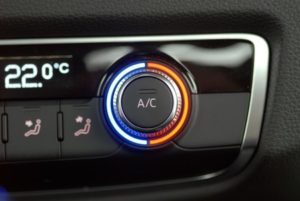

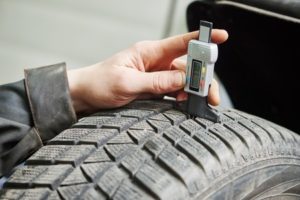
 A lot of groups have had the chance to test the mileage of various vehicles while running the AC and having the windows down. One of them, called the Society of Automotive Engineers, finally sought after the answer to the question in a scientific way.
A lot of groups have had the chance to test the mileage of various vehicles while running the AC and having the windows down. One of them, called the Society of Automotive Engineers, finally sought after the answer to the question in a scientific way. Normally, you’d want to have your AC serviced at least once a year. Think of it as a yearly checkup where the technicians ensure your AC is clean from dust, pollen, and gunk while making sure it is working as intended. If need be, expert AC technicians will check and clean every component of the AC system on your car.
Normally, you’d want to have your AC serviced at least once a year. Think of it as a yearly checkup where the technicians ensure your AC is clean from dust, pollen, and gunk while making sure it is working as intended. If need be, expert AC technicians will check and clean every component of the AC system on your car.



